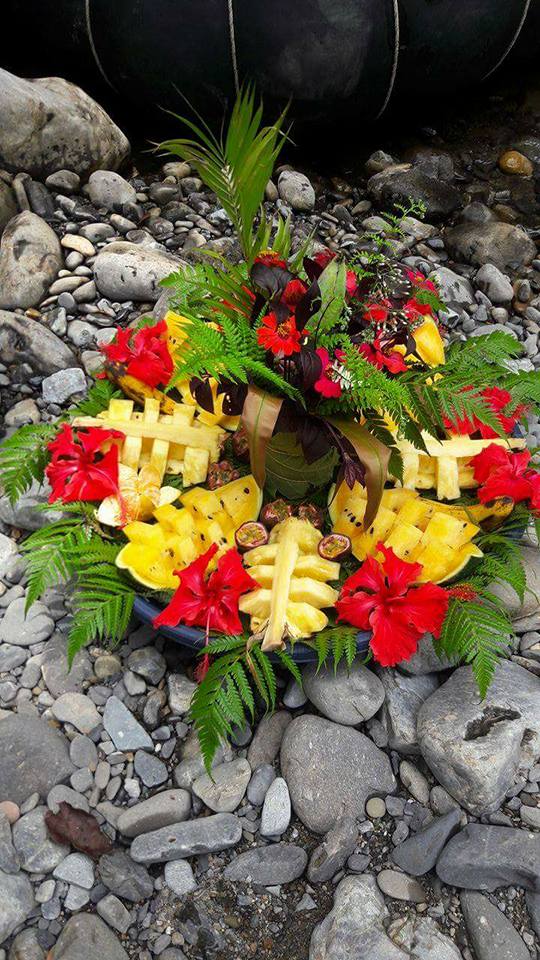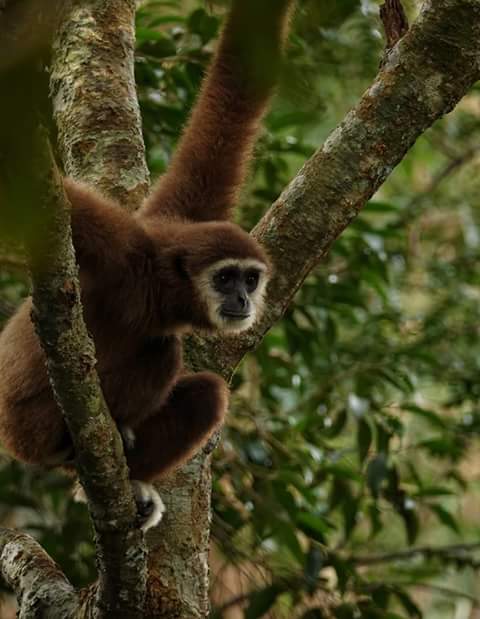Bukit Lawang is name of a village situated on west side of the North Sumatra province on the edge of the Gunung Lauser National Park. ‘’Gunung” means mountain, “Bukit” means is hill and “lawang” means door or gate. Therefore, “Bukit Lawang” means “the hill which is the Gateway to the Mountain”.
Gunung Leuser National Park (TNGL)
The flora and fauna of Bukit Lawang Mountain and lowland forests are breath taking. Both are vitally important genetic resource and wildlife habitat. The "green gold" Bukit Lawang is situated at the eastern side of Gunung Leuser National Park (TNGL). This jungle is part of a larger section of jungle known as the Leuser Ecosystem. This region has an area of 2.6 million hectares which includes the area around TNGL which serves as a buffer zone.
Mammals
Within this national park there are approximately 130 mammal species. These include; the Sumatran Orangutan (Pongo abelii), Sarudung (Hylobates lar ), Gibbon (Hylobates syndactilus), Long-tailed monkeys (Macaca fascicularis), Macac Monkey (Macaca nemestriana) and Kedih (Presbytis thomasi). The carnivorous animals include; the Clouded Leopard (Neofelis nebulosa), Sun Bear (Helarctos malayanus) and the Sumatran Tiger (Tigris Phantera sumatraensis). The Herbivorous animals inclue the Sumatran Elephant (Elephas maximus), the Sumatran Rhinoceros (Dicerorhinus sumatraensis) and the Sambar Deer (Cervus unicolor).
Birds
There are approximately 285 species of bird in the Gunung Leuser National Park including; the Rhinoceros Hornbill (Buceros rhinoceros).
Species at risk
It is estimated that there are around 89 species that are endangered and protected in the Gunung Leuser National Park including; the Sumatran orangutan (Pongo pygmaeus abelii), Sumatran rhino (Dicerorhinus sumatrensis), Sumatran tiger (Panthera tigris sumatrae), Sumatran elephants (Elephas maximus), Sun Bears (Helarctos malayanus), Hornbills board (Buceros bicornis), Dhole (Cuon Alpinus) and Gibbon (Hylobates syndactylus).
In 1973 a Swiss organization set up an orangutan rehabilitation center in Bukit Lawang. The purpose of the center was to rehabilitate Orangutans released from captivity. The rangers at the center taught the orangutan all the necessary skills to survive in the wild. After an intense period of quarantine, readjustment to the natural habitat and reintegration in the semi-wild population, the Orangutan is then released back into the jungle. All orangutans released are still monitored by the rangers and they still provide them with supplementary food at the feeding platform until they become fully self-reliant.
The wildlife within the National Park is exotic and unusually diverse, Wild Orangutans can be difficult to see unless you go deep into the jungle. There are also white and black gibbons that make an amazing noise calling out to each other, and Thomas Leaf monkeys, with their amazing hair dos. If you are lucky, you may be able to see Hornbills, Moon Snakes, and Monitor Lizards.
Since there are very few still alive, it is very improbable that either the Sumatran Tiger or the Sumatran Rhinoceros will be encountered, although footprints and droppings have been reported. For elephants, go to Tangkahan or near Ketambe you can trek further into the jungle to try and spot wild elephants. While seeing creatures in the wild is never guaranteed, visitors can at least get a glimpse of their habitats and experience their environment while waiting to see a rare animal or bird.









